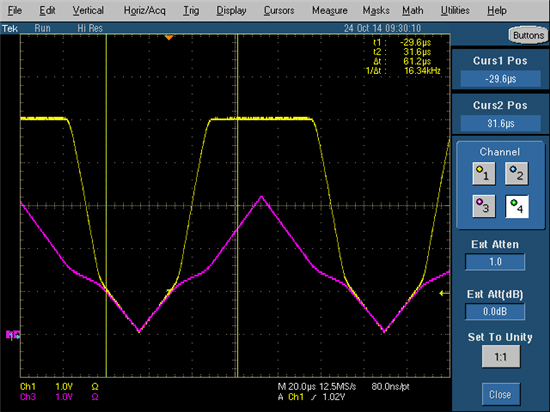Hi all,
Page 13 of the datasheet of the LSF0102, it is mentioned that:
<<Vref_A have to be the lowest voltage level across all of inputs and outputs>>
1 - Is this a general statement for the good functioning of the part, or is it only related to the typical application example give in this section of the datasheet?
2 - In case Vref_A is higher than Vref_B, what would happen to the device?
Thanks and best regards,
-nico


